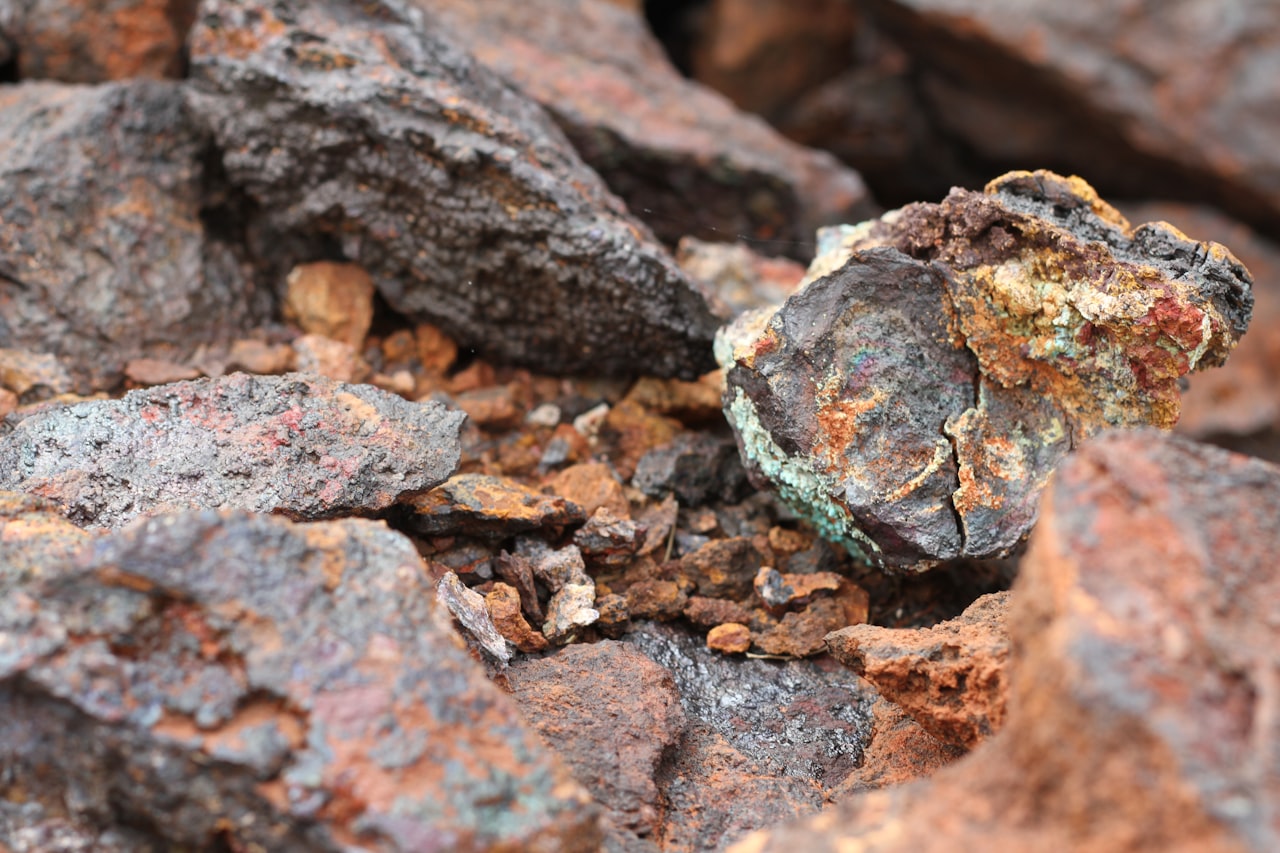Planning an afternoon of fishing in any one of the thousands of NC ponds is a favorite summer activity for both residents and visitors to the state. And even though the outing is enjoyable enough on its own, the most memorable part will always be landing a big fish. But big fish are rarely found in ponds that are not properly managed. Farm, ranch, and rural North Carolina landowners who want to encourage better fish growth and development in their ponds can use this information to provide nutritional support for their ponds and help them grow bigger fish.
Fertilization Feeds the Bottom of the Pond Food Chain
North Carolina farmers and ranchers already know that applying high-quality fertilizer to their pastures, hayfields, and crop acreage is the best way to enjoy consistently high yields. But you may not know about fertilizing ponds for maximum fish growth is also an excellent goal for rural landowners.
Fertilizer stimulates the growth of algae and phytoplankton in the water. Going right on up the food chain, these micro-organisms then become food for the next level of consumers, which in ponds are the zooplankton and insects. These tasty morsels are then consumed by small fish, such as bream, which are then eaten by the larger fish that we all love to catch, like bass, crappie, and catfish. When the lowest members of the pond food chain are supported nutritionally, they will increase in both size and number, creating explosive growth throughout the entire ecosystem of each pond.
Algae Growth Has Benefits for NC Ponds Used for Fishing
In addition to helping bolster the food supply for the pond’s fish, algae growth in a fishing pond has another very real benefit. This benefit is its ability to turn the water from clear to a more greenish hue, which helps to shade the bottom of the pond. This shading effect serves to help prevent unwanted growth of some types of invasive pond weeds and moss that would otherwise form a tangle of roots on the bottom of the pond. Less translucent water also helps to provide cover for fish to hide from predators and helps to reduce the water temperature of the pond, which is important for keeping oxygen levels within a healthy range.
What Fertilizers to Apply and When to Apply Them
Phosphorus, in conjunction with nitrogen, is a beneficial fertilizer combo when improved fish production is a goal. Commonly available fertilizers labeled as “complete” will contain phosphorus, nitrogen, and potassium, and are good choices for pond use. When you go to your fertilizer dealer, ask for “triple 13” (13-13-13), 20-20-5, or 4-12-12, to get a dry form of fertilizer that will be a good one for pond usage.
Liquid fertilizers can also be used, and may provide more instantly available food to jumpstart algae and plankton growth. If opting to use liquid fertilizers, be sure to look for one that offers three to four pounds of phosphorus, available as P205 per application.
Whether using dry or liquid fertilizer in NC ponds, it will require an ongoing schedule of application. Ideally, in our state, the fertilization schedule should begin as soon as the water temperature reaches the 60-degree mark, usually by sometime in March. After the initial application, apply twice more at two-week intervals, and then follow that with three more applications at three-week intervals.
Once that schedule is completed, continue to apply a maintenance application every month or whenever the water becomes clear enough to see a white object suspended 18 inches below the water surface. Fertilization application should stop when the water begins to chill before winter, typically in October. A chart of fertilization rates and types suitable for NC fish ponds is available here.
Some Ponds May Already Have Sufficient Nutrients
When considering fertilization of fishing ponds, remember that not all ponds will need to be supplemented. Ponds that are rarely fished and those that get a lot of run off from fertilized livestock pastures may already contain good levels of nutrients to support algae and plankton growth and the big fish that feed on them.
If you or someone you know is in the market for some North Carolina land or a farm, ranch, or rural residential home with a pond of your own, we have several to choose from and more are being listed every week. Mortgage rates are beginning to trend up a little again, so now is a really smart time to make a move.
Our
listings are always available for online perusing or you can call Gardner at (919) 749-3177 or Frank at (919) 696-4249 for more details about any listing or buying and selling questions and advice.
We look forward to hearing from you soon, and until then – Happy Fishing!
Source











